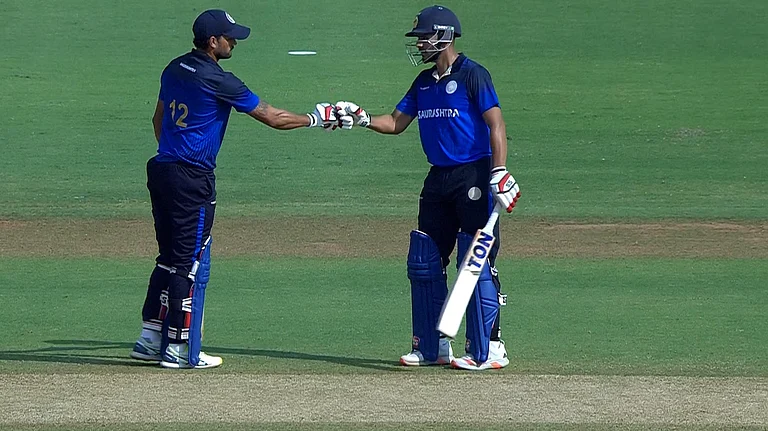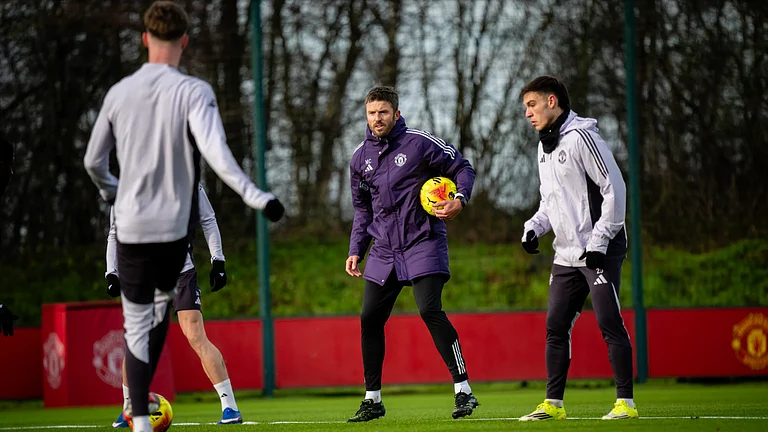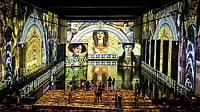The Prime Minister’s Relief Fund has registered a record collection (Rs 460 crore); the funds surpass manifold what was totted up during the Gujarat and Latur earthquakes, or the Orissa cyclone, where the loss of life and property was on a similar numbing scale. Now, how do the government and non-government agencies evolve foolproof mechanisms to ensure this huge coffer reaches the rightful beneficiaries or is put to good use?

The prime minister on his visit to the Andamans announced a Rs 200-crore relief fund. Given our experience with national calamities, it would be ultra-utopian to expect all of the Rs 200 crore to reach the affected. There are a zillion agencies, governmental and voluntary, deployed in the relief work and you can count on there being the inevitable rotten apples in the basket. In fact, the vultures of the healing touch have already droned down, their claws dipped in the cuppa of relief ghee, and of course the 15-minute-fame starlets and seers are doing their number around a TV camera. But millions of middle-class Indians who opened their hearts and purse-strings to this relief fund should be assured that the number of genuine workers far exceeds the dishonest ones.
In the event, it’s heartening to see images of normality; to be reassured that, in the eye of the storm, things do actually work. Of the two dozen relief camps I visited in Port Blair and Car Nicobar, the images were far more consoling than expected. Some wire service photographers who had travelled to the more remote islands too had similar reports. These veterans on the doom beat say they have never before seen so many uncomplaining refugees in a disaster relief camp.

The camps I visited in Port Blair were in tolerably good, hygienic condition. Sure, they are only makeshift dwelling arrangements, mostly located in schools and government buildings and steered by public officials on deputation. In every camp there was drinking water, breakfast-lunch-dinner, chai and milk. At one of the camps, when I reached around afternoon, kheer was being cooked in a huge degchi and the cook was adding what appeared to be cashewnuts and raisins! Doctors and paramedics attended to the injured and the ailing. Despite some chaos in the vaccination areas, all the children could get shots from disposable syringes. Oral drops too were administered. A lady whose husband was yet to be found had given a list of essentials for her 18-month-old—it included Johnson’s Baby Oil and powder, Cerelac and other high-end children’s products. All of this was provided by one of the many voluntary workers. An isolated case; not everyone was as lucky.

There are tales of sorrow, valour, survival and loss from anyone you speak to. Even strains of humour, offering a dash of sinful relief. When a group captain at the Car Nicobar airbase was alerted minutes after the waves hit, he tried to pack in as many of his colleagues as quickly as possible in his official Ambassador. But before he could turn the ignition, he saw a huge wave, dark brown in colour, touch the top of the palm trees, in his rear view mirror. Everybody jumped out. The group captain survived, holding on to a tree, but not his pyjamas. The waves took them away. Snakes, scorpions and other sea creatures clung on to his body—all to escape nature’s fury. In fact, when the air force began rescue operations, many of those marooned could be evacuated only after clothes were provided.
Nature’s only blessing in this region is that unlike the Gujarat quake victims who had to battle extreme cold in the camps, the weather in here is less hostile.

I spend a night at the Exhibition Ground camp, where I estimate some 600 people are living. Some 1,000 have already been sent home. The atmosphere is not entirely gloomy. People are battle-hardened after surviving the catastrophe and living for 12 days in the camp. A batch of about 60 is boarding a bus to return home, that is, whatever is left of home. People are fatalistic and philosophical. Life, however little of it has been spared by nature’s wrath, has no choice but to go on.


























